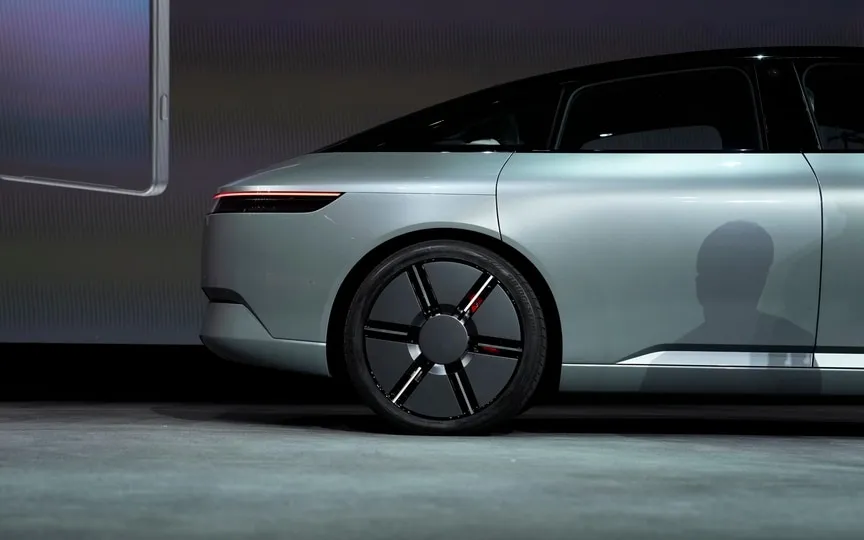Electric Cars: Stalled in Europe’s ‘Valley of Doom’?
Europe’s electric car sales, which have experienced rapid growth for several years, seem to be slowing down as drivers anticipate the arrival of more advanced and affordable models in the next two to three years.
All-electric sales in Europe are up 47% in the first nine months of 2023, but instead of celebrating, automakers including Tesla, Volkswagen and Mercedes-Benz sounded the gloom.
They warned that high interest rates and a subdued market are scaring off customers, as Volkswagen’s order intake for electric cars was half of last year’s level.
German and Italian dealers and research by four global data analysis firms say there is more to the slower take-up than economic uncertainty, as consumers remain unconvinced that electric cars meet their needs for safety, range and price.
“The biggest problem is uncertainty,” said Thomas Niedermayer, head of the 45-year-old family-owned car dealership in Bavaria.
“Many assume technology will improve and would rather wait three years for the next model than buy a vehicle now that will lose value quickly.”
Take Flavia Garcia and Tom Carvell in Edinburgh, Scotland.
Their 15-year-old Toyota Auris, nicknamed Martina, needs to be replaced. With the ban on petrol and diesel cars approaching, the couple would consider an electric car, but the lack of charging infrastructure, the fear of battery life and the price scare them away.
AutoTrader says new electric cars in the UK are still 33% more expensive than fossil fuel models on average.
And most of the new models in the pipeline, aimed at entry-level consumers, won’t hit the market until 2025 at the earliest – by which time they’ll be competing with expanded Chinese lineups from BYD to Nio in Europe.
“You want to do the right thing for the environment, but it feels like you’re setting yourself up for a very expensive investment that makes your life a little bit more complicated,” Garcia, a 29-year-old corporate media executive, said.
“We’ll probably go for a hybrid first”.
LEAVE BEHIND
Critics have long warned that a lack of affordable electric cars would eventually halt the sharp sales growth fueled by early adopters and business fleets.
September’s weaker results, consumer opinion surveys and gloomy comments from automakers and retailers suggest that an era of slow growth may have arrived.
While US automakers are still lagging behind in the transition to electric vehicles, they are also feeling the pinch. Ford and GM recently warned they would delay the launch of cheaper electric car models and cut spending due to weaker demand and higher costs as a result of new United Auto Worker contracts.
But the problem is cyclical.
Demand will remain slow as long as cheaper electric cars are not available, Felipe Munoz of JATO Dynamics said of the slowdown in sales in Europe in September.
“From a regulatory perspective, they don’t need to push the product out right now – they can afford to focus on profitability,” said Alistair Bedwell, head of powertrain forecasting at GlobalData.
“But they have to follow Tesla and the Chinese brands because they don’t want to be too far behind.”
Intentions to buy electric cars have remained the same in Germany over the past year, a survey by consumer research firm The Langston Co showed – meaning that while the number of electric cars being sold is increasing, the number of people buying an electric car is not.
The rising sales may simply be a sign that automakers, which have struggled to produce electric cars because of supply chain bottlenecks, can finally fill orders, rather than a sign of growing demand, said Ben DuCharme, director of insights at The Langston Co.
Philip Nothard, director of insights at dealer services company Cox Automotive, said low residual values could also make buyers complacent because companies and many consumers choose new cars based on what they can sell them for in a few years.
“We call it the valley of death that we will go through from 2024 to 2027: low residual values, high supply and low demand,” Nothard added.




